Drone Technology in Reforestation Projects: Planting Forests from the Sky


Why Drones Are Rewriting Reforestation
Compared to hand planting on hazardous slopes, seeding drones can cover difficult terrain in hours, not days, placing native species exactly where microhabitats promise moisture, shade, and shelter. Precision flight paths reduce waste and improve establishment.
Why Drones Are Rewriting Reforestation
Canyons, talus fields, and fire-weakened stands often remain unreachable for crews. Drones safely cross these barriers, delivering seed pods and amendments to pockets a human might miss, stitching fragmented habitats back together one careful pass at a time.

This is the heading
Lorem ipsum dolor sit amet, consectetur adipiscing elit. Ut elit tellus, luctus nec ullamcorper mattis, pulvinar dapibus leo.

This is the heading
Lorem ipsum dolor sit amet, consectetur adipiscing elit. Ut elit tellus, luctus nec ullamcorper mattis, pulvinar dapibus leo.
Seeding from the Sky: Payloads that Plant
Clay, biochar, and nutrient binders protect seeds during drop and early rain events. Pods can include mycorrhizal inoculants, giving roots fungal allies from day one. Share your favorite carrier recipes so we can test them in a community pilot.
Seeding from the Sky: Payloads that Plant
Payload systems modulate release rates by terrain and microclimate, placing pioneers on hot slopes and later successional species near moisture lines. This mosaic approach echoes natural succession, reducing competition and improving patch-level biodiversity from the first season.
Seeding from the Sky: Payloads that Plant
Dropping before a reliable rain, adjusting descent to reduce bounce, and calibrating pod mass to settle into leaf litter can push survival sharply upward. In one windy valley, delaying flights by two hours after sunrise halved drift and saved a season.
Data, AI, and Monitoring After Planting
Computer vision models trained on local species detect cotyledons, seedling clusters, and browse damage. Frequent low-altitude passes flag hotspots needing shade structures or mulch, turning monitoring into timely, targeted care rather than late-season regrets.
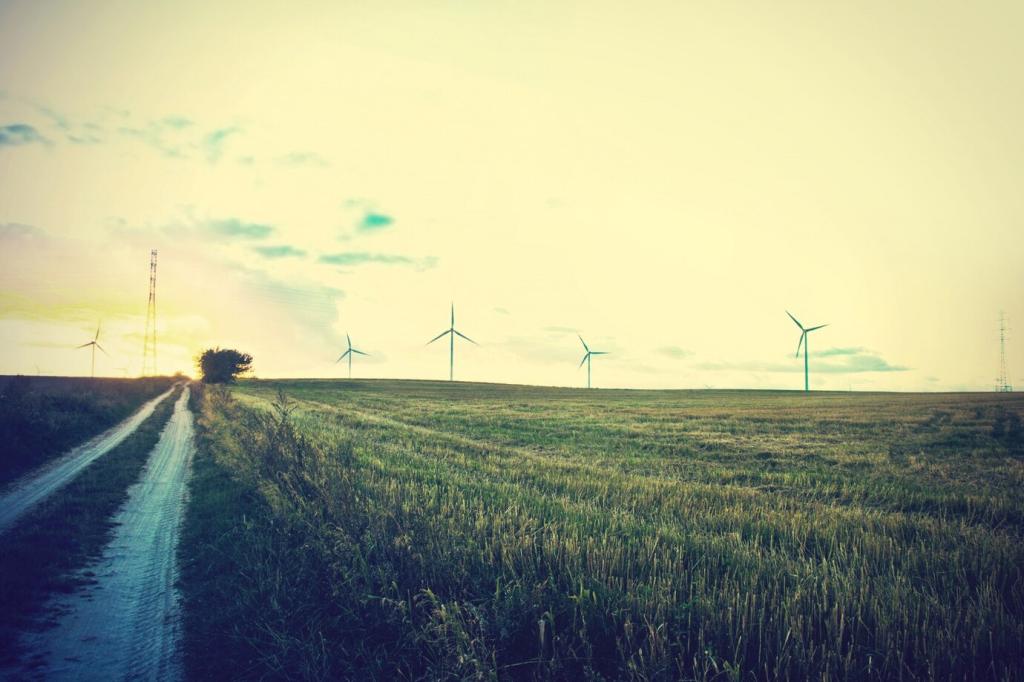
Field Stories: Lessons from Dust, Rain, and Crosswinds
On a scorched ridge, a sudden crosswind pushed pods into a ravine. We added live wind telemetry, weighted carriers, and dynamic no-fly lanes. The next sortie tracked clean, and germination rates recovered beautifully.
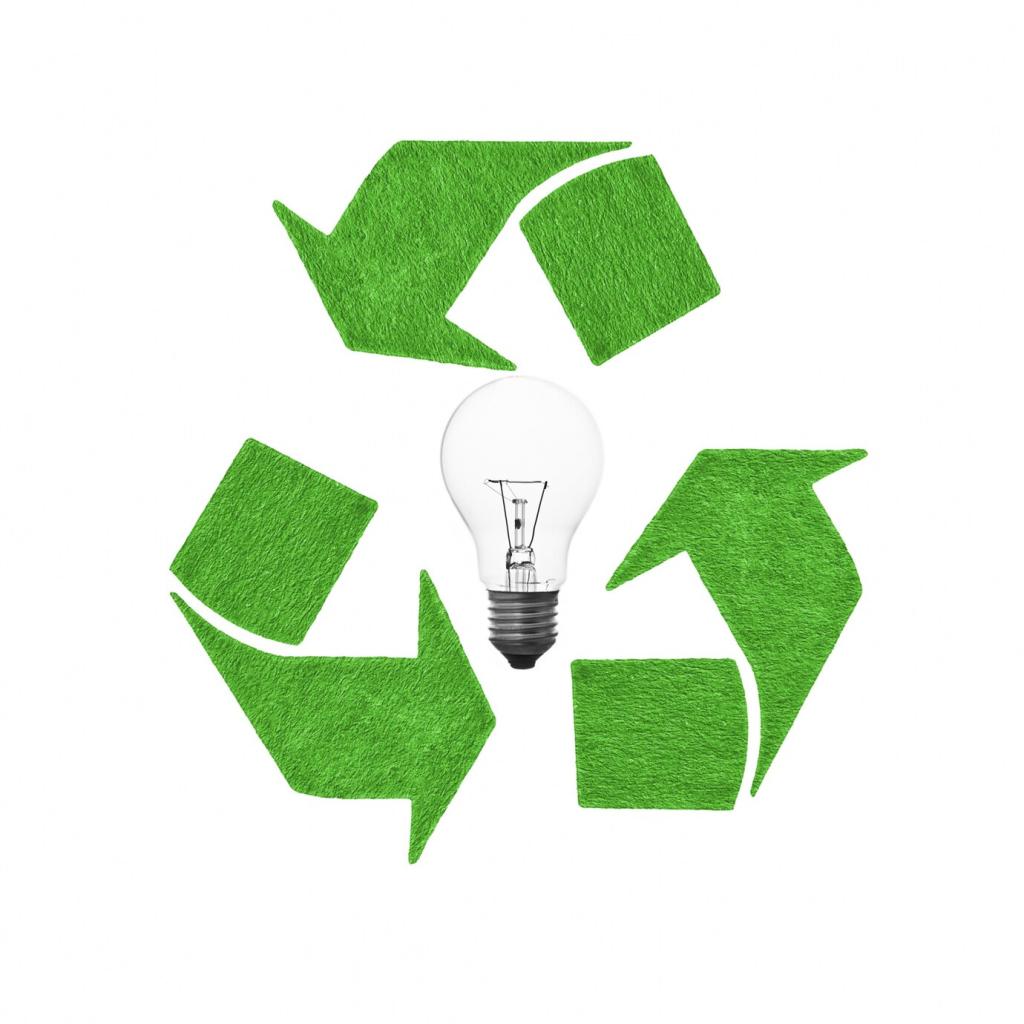
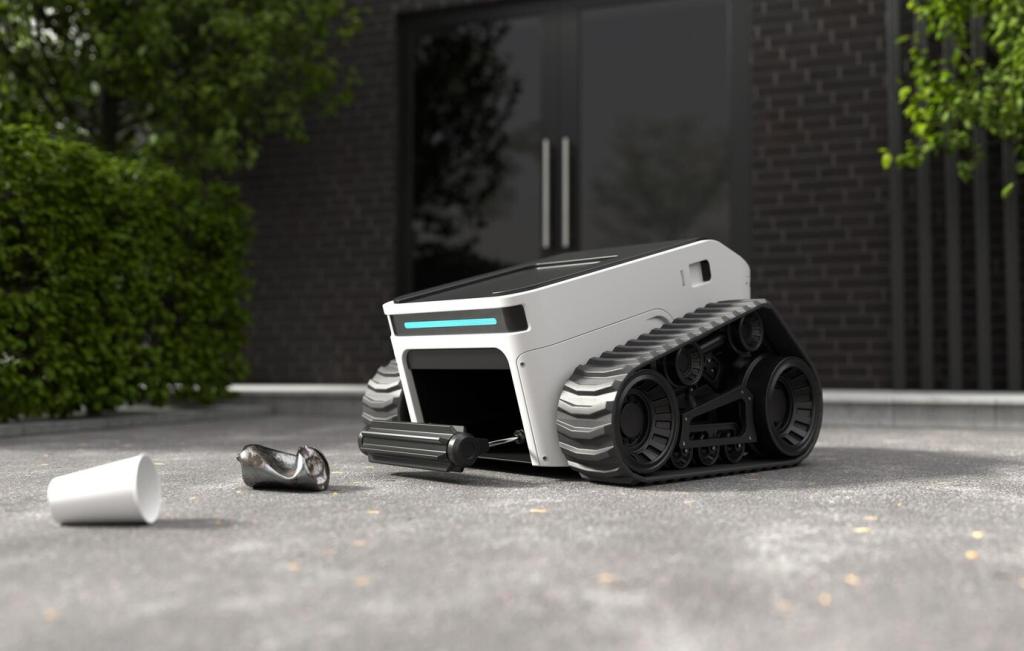
Safety, Ethics, and Regulation
Flight corridors avoid nesting cliffs and migration paths. Lower noise profiles and limited sortie windows reduce disturbance. If you manage sensitive species, tell us your thresholds so we can compile best practices by biome.
Safety, Ethics, and Regulation
Operations beyond visual line of sight demand rigorous risk assessments, trained observers, and aircraft maintenance logs. Insurance riders often hinge on documented procedures. We will unpack checklists—subscribe to receive a compliance starter kit tailored to restoration crews.

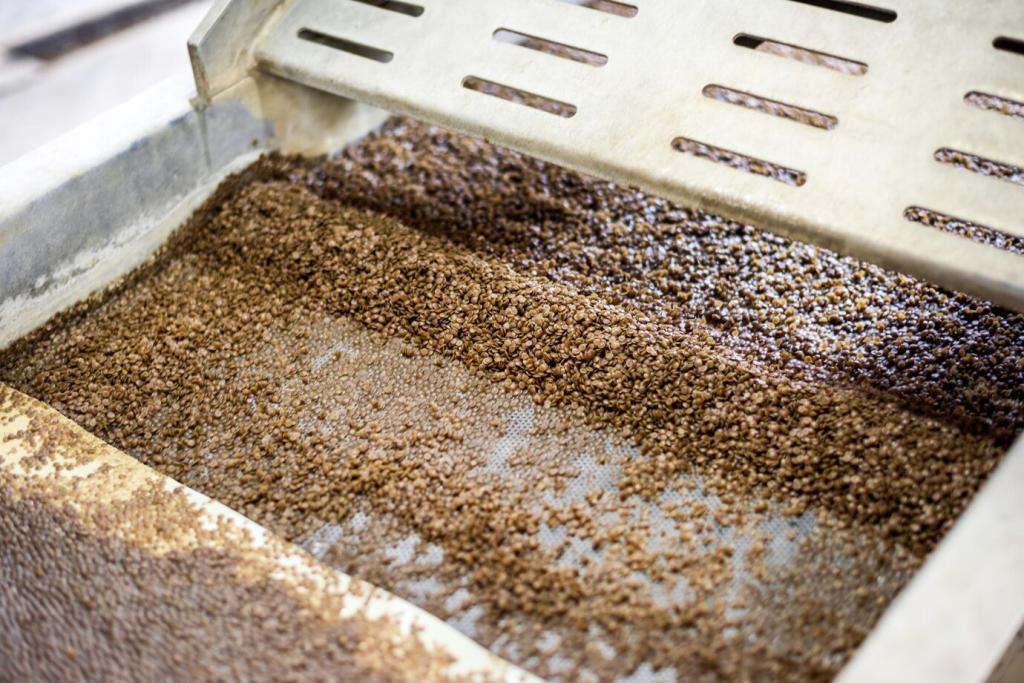
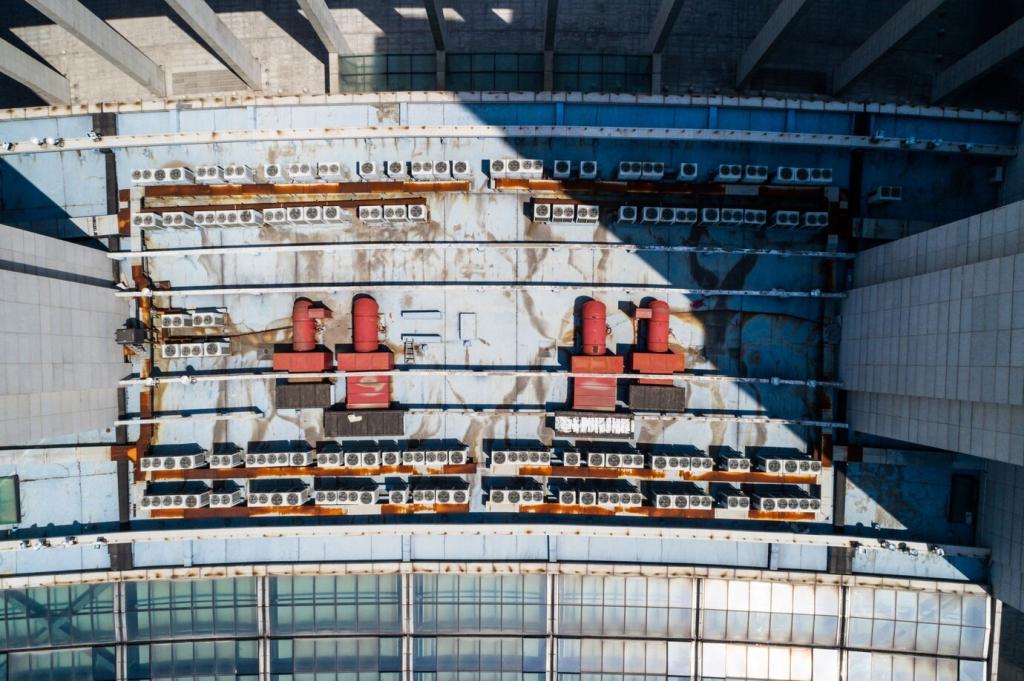
Get Involved: Skills, Tools, and Community
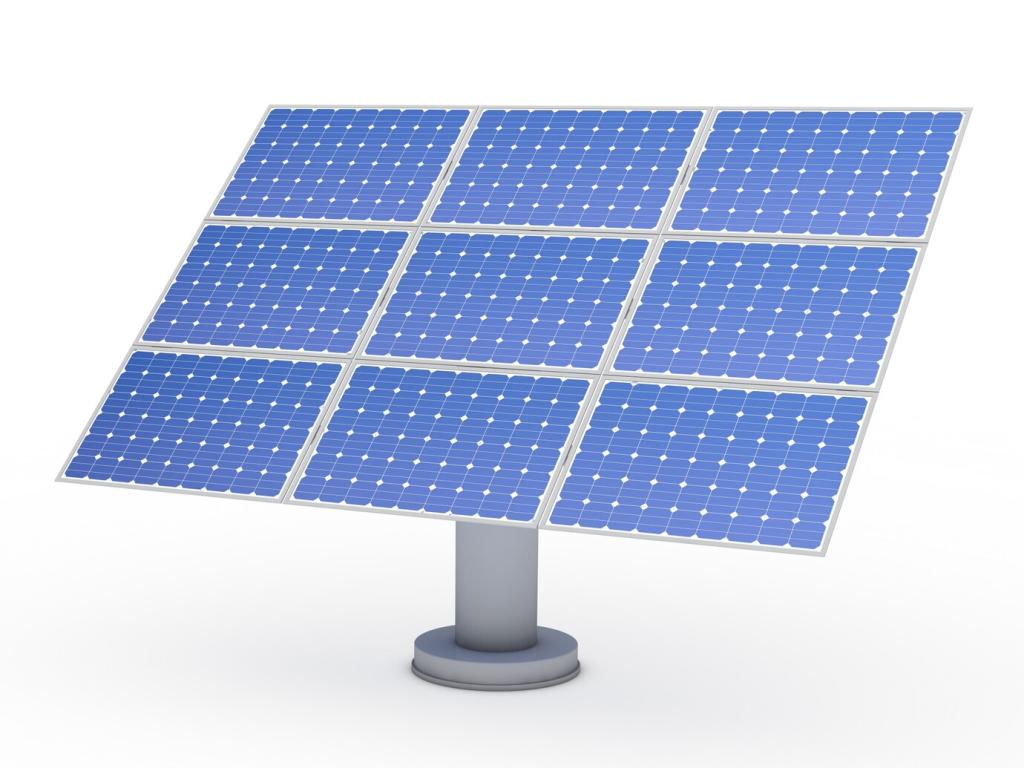
Starter Toolkit for Volunteer Crews
Begin with a mapping-capable quadcopter, reliable batteries, handheld anemometer, and seed pod molds. Document flights, weather, and outcomes. Post your kit list in the comments so newcomers can learn from your real-world experience.

Training Paths and Certifications
From basic airspace rules to advanced photogrammetry, structured learning protects projects and pilots. Tell us where you are based, and we will assemble region-specific training links and mentorship opportunities in our next update.

Open Data, Shared Wins
Publishing flight logs, seed mixes, and survival rates accelerates everyone’s learning curve. Add your datasets to our community repository and subscribe for monthly roundups highlighting standout techniques and transparent lessons from tough seasons.
